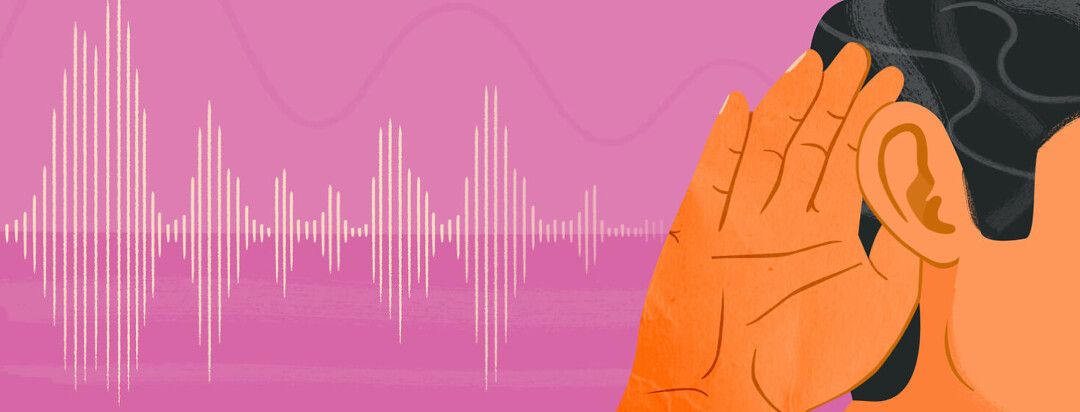Bringing All the Noise
Noise. I need it, and I always have. I am one of those people who needs the television on in the background. I was one of those students who had to have music playing when I studied and wrote papers. It's no surprise then to find out that I also need noise to sleep.
White noise is my go-to, but I was surprised to learn that there are actually several different types of noise, all categorized by color. Each of these serves a different purpose when it comes to insomnia and sleep patterns.
White noise: my favorite
White noise, the only noise I ever really considered as helpful for drifting off, is an interesting blend of sounds, as it turns out.
White noise is void of sudden changes in volume and pitches – I find that incredibly soothing. It’s very consistent and provides a stable background for me when I am trying desperately to fall asleep. What makes white noise so unique is the fact that it actually consists of all frequencies the human ear can perceive.1
What's this about pink noise?
The first time I saw this term, I was really caught off guard. I would never have dreamed of any other sound descriptions besides white noise. But there you have it – pink noise.
Like white noise, pink noise can be used to drown out background noise as you settle in for a night fighting insomnia. Pink noise consists of sounds with less obvious high frequencies. It sounds like waves crashing, rain falling, and or the rustling of foliage.2
Now that I have become familiar with it, I am not a fan of pink noise at night. Pink noise prompts me to create imagery – not something I need when I am trying to fall asleep.
Brown noise. Hmmm.
After hearing that pink noise existed, I guess I wasn't terribly shocked to find out that the category of sounds known as brown noise was floating around out there, too. Brown noise, unlike pink noise, is named after the man who first described it.
If you lean towards lower frequencies, brown noise might be just what the doctor ordered for your insomnia. Brown noise includes the category of sounds that consist of low rumbling, like thunder.3
Blue, too?
You saw it coming, right? Yes, there is a group of sounds called blue noise. Blue noise is not for me, but it might soothe you into dreamland. The primary characteristic of blue noise seems to be higher frequencies. In fact, it has been described as hissing tones.3
While blue noise has been compared in some respects to blue noise, I find white noise to be more appealing. Yeah, give me white noise any day.
Black noise. You guessed it.
Black noise is the opposite of white noise. This comes as no real surprise now that I know about the other categories. Where white noise consists of all frequencies, black noise is the absence of them.1
Total silence. It sounds nice in theory, but as a tinnitus sufferer, complete silence is not for me.
Do you use an app or noisemaker at night? What's your color preference? Tell us about it in this forum!

Join the conversation